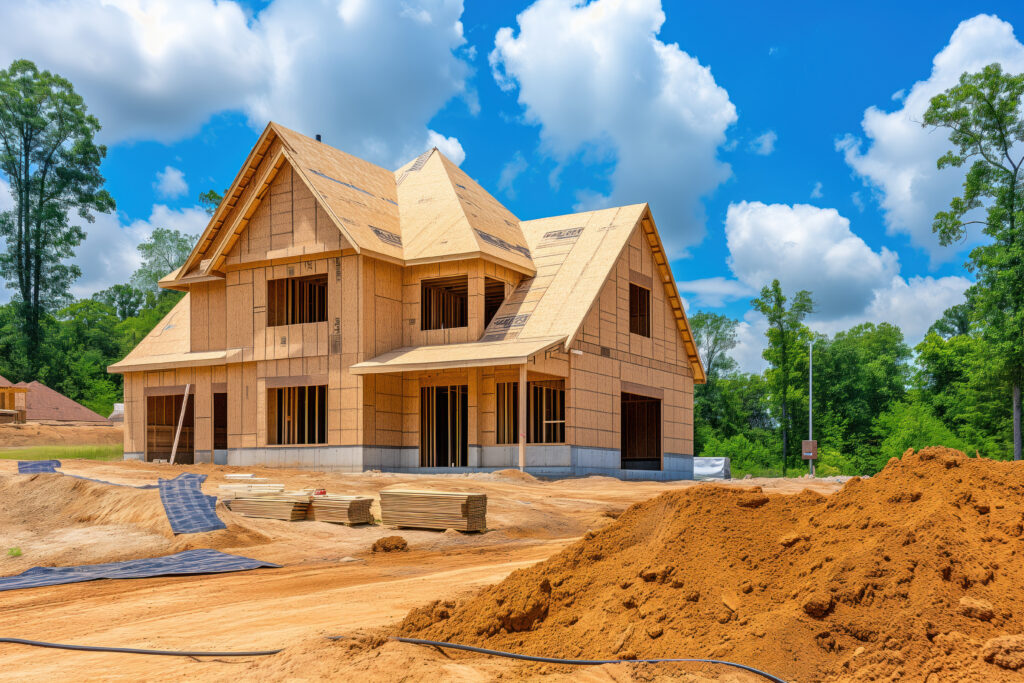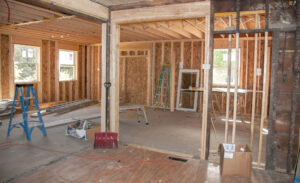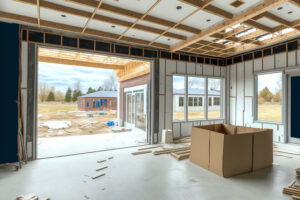Coastal buildings are always vulnerable to devastating weather events. For this reason, you need to make resilience a necessity when building near the shore. This is the only way to stay protected against the various elements experienced here. Some of these include high winds and saltwater corrosion. You may also have to deal with flooding and flying debris.
The good news is that modern construction practices offer innovative solutions. By integrating such strategies, you can enhance a building’s ability to withstand the elements. Some methods used to ensure this include elevated foundations and reinforced roofing systems. Such integrations prepare you for the worst.
This article looks at essential strategies and materials implemented to make coastal properties storm-ready.
Flood-Resistant Designs
Homes and structures need to withstand rising water levels and storm surges.

Let Us Build You a Storm-Resistant Home on The Jersey Shore
This can only be made possible by using flood-resistant designs. They mostly incorporate elevated foundations. Some great examples here include piers and pilings. Raised slabs are also used to keep living spaces above projected flood levels.
Strategic planning also entails features like breakaway walls and proper site grading. Flood vents are also implemented to minimize structural pressure. They also do a great job of allowing water to flow through. This is without causing major damage.
Using such features helps protect coastal properties and their residents. It also minimizes costly repairs after severe storms.
Wind-Resistant Roof and Wall Systems
Wind and hurricanes pose serious threats in coastal areas. With wind-resistant roof and wall systems, buildings are able to withstand uplift forces quite well. They also stand strong against lateral pressures caused by strong gusts. This goes a long way in minimizing the risk of structural failure during severe weather events.
Roofs should be equipped with reinforced trusses and hurricane clips. They should also have impact-rated coverings. On their part, walls ought to have continuous load paths and reinforced sheathing. They can also benefit from strong anchoring to the foundation.
A combination of such strategies leads to the creation of a tightly connected envelope. This guarantees ultimate protection.
Durable, Weather-Resistant Materials
The backbone of storm-resistant construction lies in the use of weather-resistant materials. Using durable materials is essential in coastal areas. This is because buildings here face relentless exposure to elements like heavy rains and salt air.
With proper materials, you ensure that structures can withstand the harsh marine environment. Some good ones to consider include fiber cement siding and impact-resistant windows. You can also benefit a lot from pressure-treated lumber and corrosion-resistant fasteners.
Using such materials minimizes damage from moisture intrusion. It also works great in reducing salt-induced corrosion and wind-driven debris. The result is an extension of your building’s life.
Smart Drainage and Landscaping
You need to have a mechanism for managing excess water and reducing erosion risks. You can do this using permeable surfaces and designed grading. You should also consider using other strategies like having strategically placed swales or rain gardens. With such techniques, you are able to divert stormwater away from the foundations and critical structures.
The use of native plants with deep root systems can also help. This is because they help to stabilize the soil and reduce runoff. Such plants also require very little maintenance to keep them looking fantastic.
Incorporating the aforementioned elements helps to enhance a property’s resilience against flooding. It also contributes to overall environmental sustainability.
Emergency Systems
Consider having systems like backup generators and sump pumps. You should also incorporate battery-powered lighting and communication tools that can function even during power outages.
Emergency systems do a great job of ensuring that essential functions remain operational when storms strike. When this is the case, occupants’ safety is enhanced. Individuals can hence have the peace of mind that they will be safe even in crisis situations.
These systems are quite crucial during storms. This is because essential services may be delayed due to flooding or blocked roads.
Building smart isn’t just about meeting local building codes. In addition to this, it entails safeguarding a property and its occupants. This is against the powerful forces of nature. This can be made possible using durable materials and elevated designs. It also makes use of impact-resistant windows and emergency systems. Blending these mechanisms ensures coastal buildings can withstand even the most extreme conditions.
Using resilient building strategies helps reduce damage and recovery costs. It also ensures safety during extreme weather events. Taking a preventive approach to coastal construction is essential. This is especially true when you think about the increasing frequency of extreme storms.




